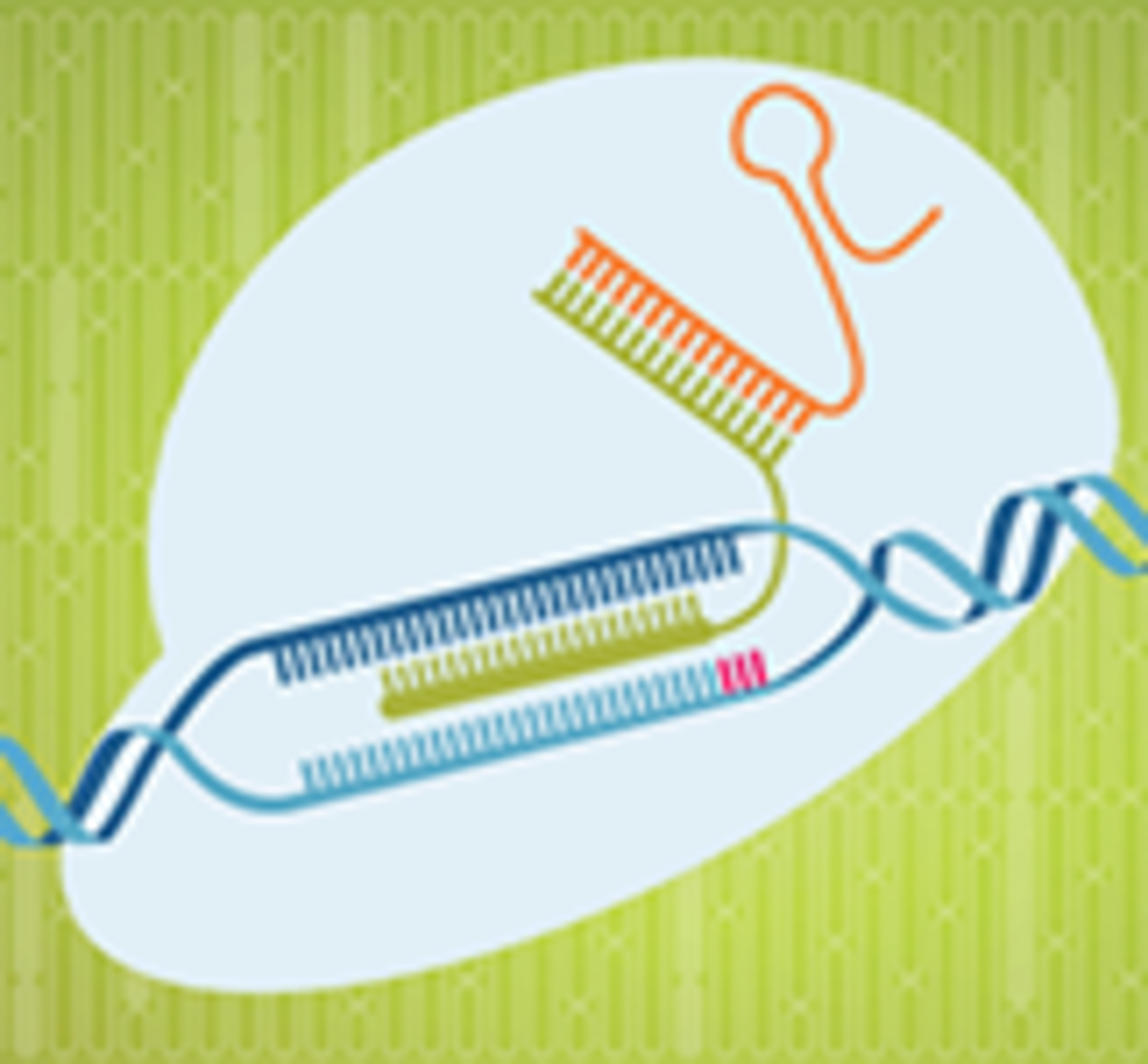CRISPR DNA base editors cause tens of thousands of off-target RNA mutations
In their study, the researchers now report that they quantitatively evaluated the RNA SNVs induced by CBEs and by ABEs and found that both two based editors, BE3 and ABE7.10, generate tens of thousands of off-target RNA SNVs. They observed 5 to 40-fold higher levels of RNA SNVs in cells transfected with various combinations of base editors and sgRNAs compared to mock transfected cells. Interestingly, the number of off-target RNA SNVs correlated with higher expression levels of CBEs and ABEs.
Nearly 100 percent of the RNA SNVs identified in the BE3-treated cells were mutations from G to A or C to U, whereas ABE7.10 predominantly created A to G or U to C mutations. ABE7.10 induced RNA SNVs in oncogenes and tumor suppressor genes with editing rates higher than 40%, raising concerns about possible oncogenic risks of DNA base editing.
Zhou et al. then turned to possible approaches for eliminating RNA off-target activity, like destabilizing the RNA binding capacity of based editors. They introduced a W90A point mutation into a predicted hydrophobic region of the RNA binding domain. This had the desired effect of reducing off-target effects but also rendered the base editor essentially inactive. On the other hand, a W90Y / R126E double mutation in BE3 reduced RNA off-target activity while maintaining BE3-like DNA on-target efficiency. The authors note that their study reveals a previously overlooked aspect of off-target effects in DNA editing and demonstrates that such effects can be eliminated by engineering deaminases - although further work is clearly needed to understand the phenomenon of off-target effects and to arrive at highly active, and specific, based editors.

